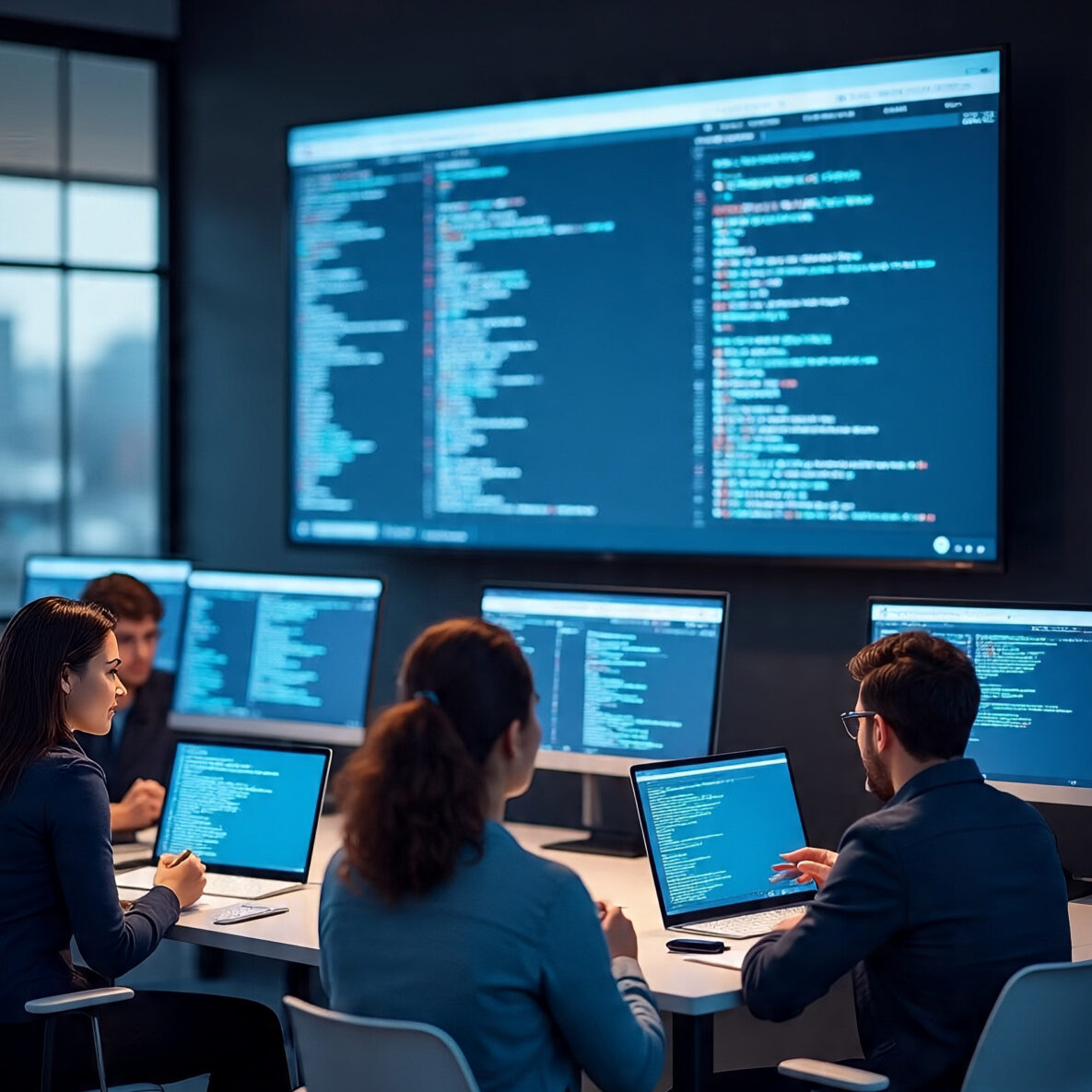
AI coding assistants have revolutionized the landscape of software development, bringing about a rapid increase in efficiency while also introducing heightened security vulnerabilities that necessitate new protective measures. The paradigm of software development has been completely reshaped by AI, with coding assistants transitioning from being a novelty to an essential tool in less than two years. Businesses are swiftly adopting these assistants at an unprecedented pace. Sandeep Johri, the CEO of Checkmarx, noted that every customer he has engaged with is rapidly integrating coding assistants into their workflow.
This widespread enthusiasm for AI tools is easy to comprehend. I too leverage AI tools occasionally to expedite tasks as they serve as powerful aids. Nonetheless, my personal experience has instilled a sense of caution in me. While AI can accelerate certain aspects, human intervention is often necessary for course correction. This approach works because of a deep understanding of the craft at hand. Developers encounter a similar reality: while AI can boost productivity, without proper oversight, there is a risk of compromising quality.
The paradox of utilizing AI in software development lies in the fact that the productivity gains come at the cost of increased security risks. Johri bluntly stated that auto-generated code is “two to three times more susceptible” to vulnerabilities due to the sheer scale of code production, thereby amplifying exposure. Organizations run the risk of sacrificing efficiency gains for long-term technical debt that may only surface when it is too late.
Research conducted independently corroborates these concerns. Melinda Marks, the practice director for cybersecurity at Enterprise Strategy Group (ESG), highlighted that 45% of security leaders identify understanding and managing risks associated with AI and GenAI as their primary challenge in supporting cloud-native development. She further emphasized that when it comes to elements vulnerable to compromise, the usage of AI was ranked highest at 36%, surpassing other factors such as open-source software, data storage repositories, cloud infrastructure configurations, and APIs.
Historically, we have witnessed a cycle where each technological advancement brings innovation followed by newfound risks—be it the dot-com boom, cloud adoption, or mobile applications. The current phase of AI-assisted development follows a similar pattern. While we are currently experiencing rapid acceleration in this realm, security protocols must also progress accordingly.
Traditional application security tools are struggling to keep up with the volume of code generated by AI systems. By the time issues are identified, vulnerable code may already be deployed in production environments—a situation akin to conducting safety checks after a car has left the dealership lot.
During my conversation with Johri, I was impressed by Checkmarx’s proactive approach to embedding agents directly within Integrated Development Environments (IDEs) to detect vulnerabilities as code is being written—instead of retroactively addressing issues post-deployment. This paradigm shift seems imperative; combating security threats posed by AI-driven development requires an updated approach rather than relying on outdated Application Security (AppSec) models.
Marks emphasized that organizations exhibit high levels of enthusiasm towards GenAI tools—with 97% either currently using or expressing interest in them—yet this enthusiasm does not negate associated risks. She highlighted how rapidly evolving AI technology presents opportunities for speeding up development processes but underscores the importance for security teams to collaborate closely with developers to ensure safe utilization without escalating security risks for applications.
AI plays a dual role—not solely creating challenges but also offering solutions by ushering in a new era dubbed “agent era” for security measures. Agents equipped with capabilities such as reducing false positives by up to 80%, prioritizing critical vulnerabilities over trivial ones, and suggesting fixes that expedite issue resolution are crucial assets in combatting security threats amidst alert fatigue prevalent in the industry.
The ultimate goal propagated by numerous software and cybersecurity vendors is not to replace security engineers or developers entirely; instead, it aims at allowing humans to focus on strategic defense strategies while delegating routine tasks to AI-powered systems.
For years, AppSec practices have operated reactively—identifying flaws post-implementation and patching them subsequently—an approach that can be overturned by adopting proactive security measures enabled by AI technology which can preemptively thwart vulnerabilities before they manifest fully. However, there exists a dual-edged sword scenario where attackers are leveraging AI innovations to craft advanced threats like AI-generated malware and injection attacks capable of manipulating models—a race between defenders and attackers at machine speed defines this emerging era.
The underlying lesson is clear: the realms of security and development are converging rapidly through the facilitation provided by AI. Enterprises embracing AI for enhancing operational efficiency must equally prioritize its role in bolstering security measures; otherwise, the very innovation fueling progress could inadvertently undermine it.
The surge in coding assistants’ prominence signifies just the inception; future AppSec landscapes will not solely revolve around defending against AI-powered threats but will extend towards utilizing AI technologies to safeguard against such threats effectively.
